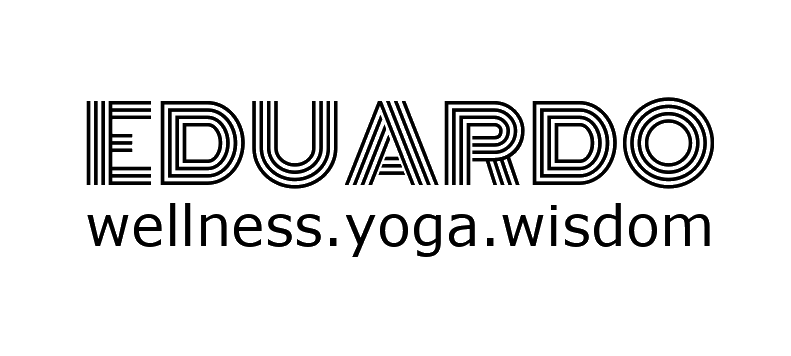If you have been to my yoga classes in the last few years you probably have experienced some self-massaging using rubber balls. Or perhaps you have seen other self- massage instruments such as foam rollers or massage sticks at your gym, physical therapist’s office or your friend’s apartment. So what is the deal with Self-Massage?
This practice of Self-Massage is also known as Self-Myofascial release. Myofascia is the connective tissue network that runs through your body. You can learn more about fascia on my previous post So what is Fascia Anyway? In summary, Myofascia wraps around your internal organs and muscles and holds it all in place. I like the definition “it's the organ of form.”
When there is trauma or injury to any area of your body or your “form,” it can lead to weakness or adhesions in your myofascia. This may limit your range of motion and can even compress your muscles and nerves, leading to less hydration and blood flow to those areas. This can lead to pain and/or injury and can impact your performance. To heal and recover from this “form-traumas” you simply roll your bodyweight onto massage balls, foam rollers and other devices available out there. Like any other alternative medicine technique you must use your judgment, learn some basic technique from a trusted source, figure out what works for you, consult your doctor, etc.
Since I started working with Self-Myofascial release about 10 years ago, I do some form of self-massage every day for 10 to 15 minutes. I roll my muscles pre- and post-workout and often before meditation or bed. Doing this I’ve experienced relief from my back pain, plantar fasciitis, and my mental and emotional states have received the benefits as well.
I can't stress enough all the mental and emotional benefits of Self-Myofascial release but here are 5 of the main physical benefits of self-myofascial release as listed in Love Life Surf :
1. Increases blood flow. Research has shown that self-myofascial release can increase vascular function. By getting rid of knots and tension in the fascia that may be restricting fluid flow in the area, self-myofascial release techniques helps to keep your muscles and connective tissue well hydrated. That means that you’ll recover and heal faster.
2. Improves muscular range of motion. Studies have also shown that self-myofascial release can increase range of motion without decreasing muscle force or activation. By breaking up the adhesions in the fascia, your muscles and connective tissue can move more freely and you avoid muscle restrictions when you exercise.
3. Reduce muscle soreness. With better circulation to your muscles and connective tissues, you’ll experience less muscle soreness.
4. Maintains normal functional muscular length. Self-myofascial release relieves tension in the myofascia network and helps your muscles return to their normal length, improving muscle function.
5. Encourages movement of your lymph – a major component of your immune system that helps to fight infection in the body. However, the lymph system relies on movement pressure to move the fluid. Self-myofascial release can encourage the flow of lymph back to the heart.
Ultimately, this means that you’ll move better, recover faster, perform better and have less pain so that you can continue to be active and do what you love to do. I am more than happy to help you develop your own routine, just reach out to me.



